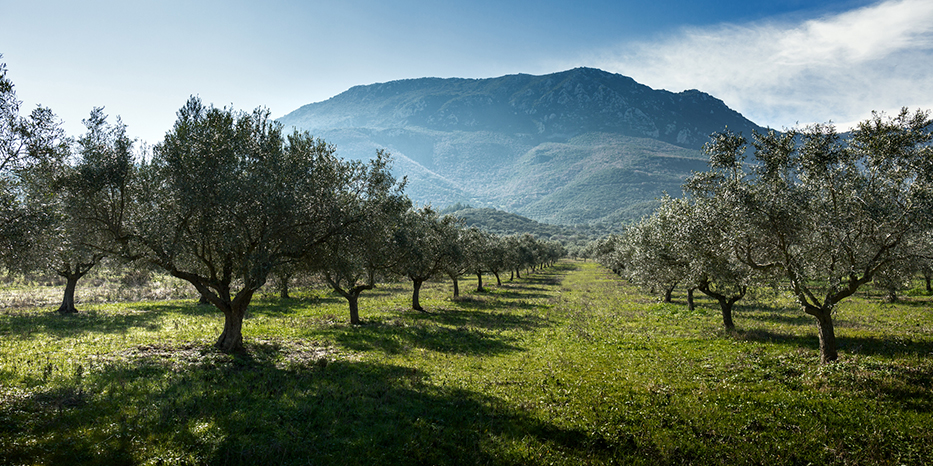Helicon is one of the most blessed mountains of Viotia. It is located in the southwestern part, along the Corinthian Gulf.
Its area is covered with oak, fir, oak and is rich in native plants and miraculous herbs. The name "Helicon" was probably given by its shape, which refers to the shape of the propeller.
But there is also an ancient myth about the name of Helicon: it is said to have been named after the famous weaver Helicon, "weaver of a variety of fabrics". Helicon was the one that presented the goddess Athena with the spider weaved veil which she wore at the wedding of Harmony and Kadmos, the king of Thebes. After the wedding, Athena hung the veil in a "true oak" on the holy mountain called Helicon.

According to mythology, Helicon and Kitheron were brothers. The first one was meek and good while the second one was irascible and evil. When Kitheron attempted to murder his brother by throwing him from a high cliff, both brothers lost their lives. As a result, the gods transformed them into mountains. They condemned the greedy Kitheron to be inhabited by Erinnyes, while Helicon was blessed by having the Muses and Nymphs to live in him.
The Muses – known as daughters of Helicon – lived in Zagara or Great Tsouka, one of the peaks of Helicon. In this particular place is located the famous Forest of the Muses, the holy place in which the Muses lived in company with Apollon. There, the Thespians conducted feasts in their honor. These feasts were characterized by their artistic nature: pipers, trumpeters, and epic poets were pitted against each other in a competition of inspiration and talent.
The Muses were the symbol of artistic greatness and beauty, not just in appearance, but in context, too. This tradition is still held in this mountain, as it continues to present us with best and purest raw materials.